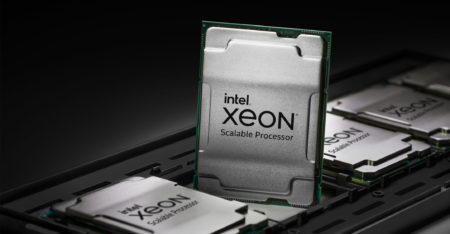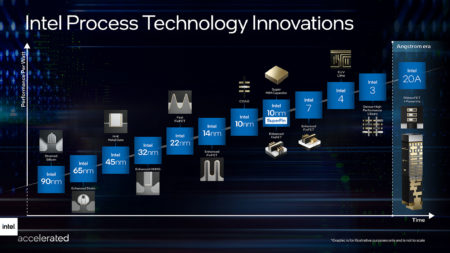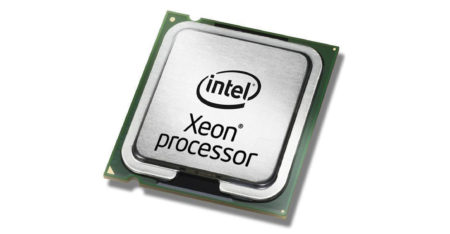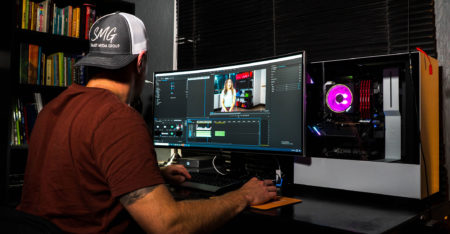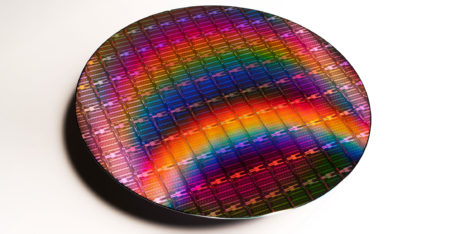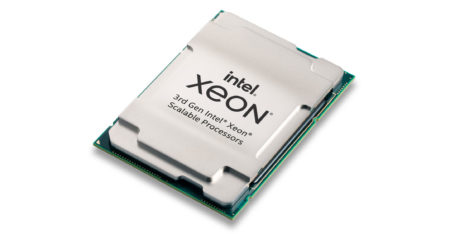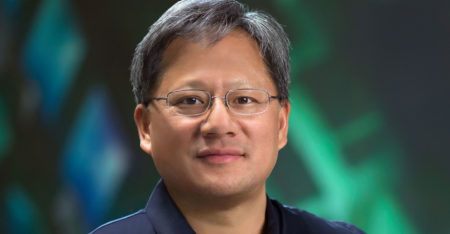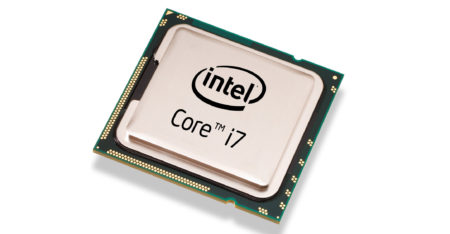Huawei is in advanced talks to sell its x86 server business after the US blacklisting of the company made it difficult to secure processors from Intel.
Browsing: AMD
Intel shares plummeted on Friday to the lowest level since January after it detailed a spending plan that it said would pressure profitability over the next few years.
Intel’s future is looking a bit grim. And the reality is the chip maker’s problems are only going to get more challenging. By Tae Kim.
Intel said its factories will start making Qualcomm chips as it laid out a road map on Monday to expand its new foundry business to catch rivals such as Taiwan’s TSMC and Samsung Electronics by 2025.
Chip maker Intel said it still faces supply chain constraints and gave an annual sales forecast that implied a weak end of the year.
PC sales are booming, and despite the industry’s cyclical past, investors and the major PC makers believe strong computer demand will last for a long time to come. Not so fast!
On the surface, Intel’s strategic pivot comes at an ideal moment. But despite its bold vision, the company is set to face challenges to its grand turnaround plan that will prove extremely difficult to overcome.
Intel, the world’s largest chip maker, said it’s offering a revamped version of its Xeon range in time for what it sees as the “biggest build-out of technology infrastructure in human history”.
Nvidia forecast better-than-expected financial first quarter revenue on Wednesday, with its flagship gaming chips expected to remain in tight supply for the next several months.
Samsung Electronics rose the most in almost 10 months after Intel was said to be considering asking the South Korean giant and TSMC to make some of its most sophisticated chips.


